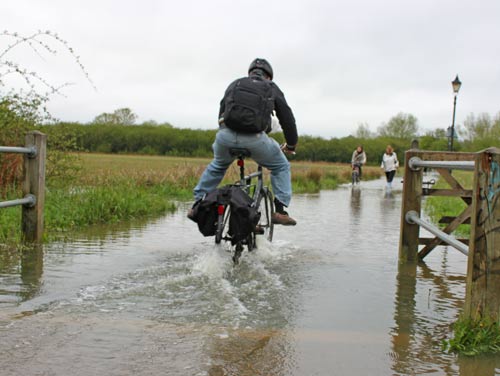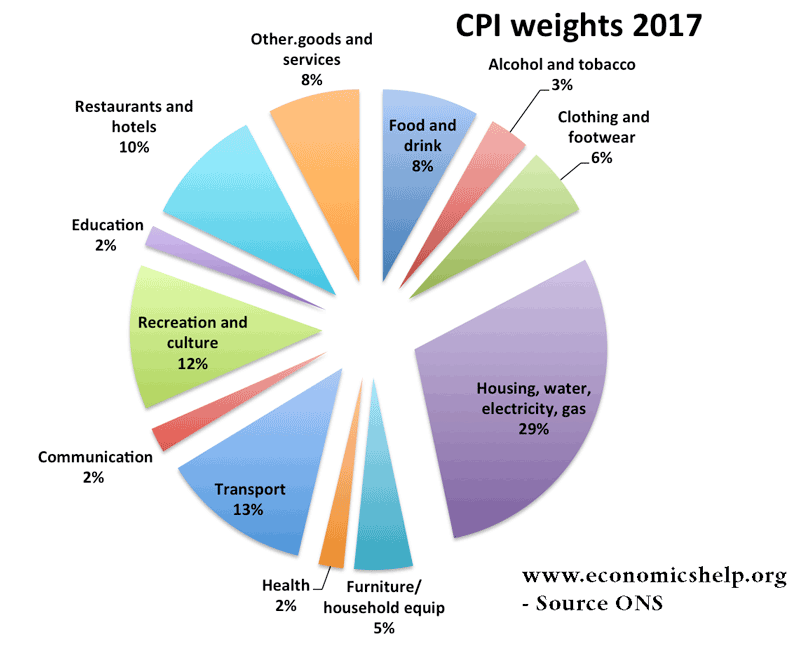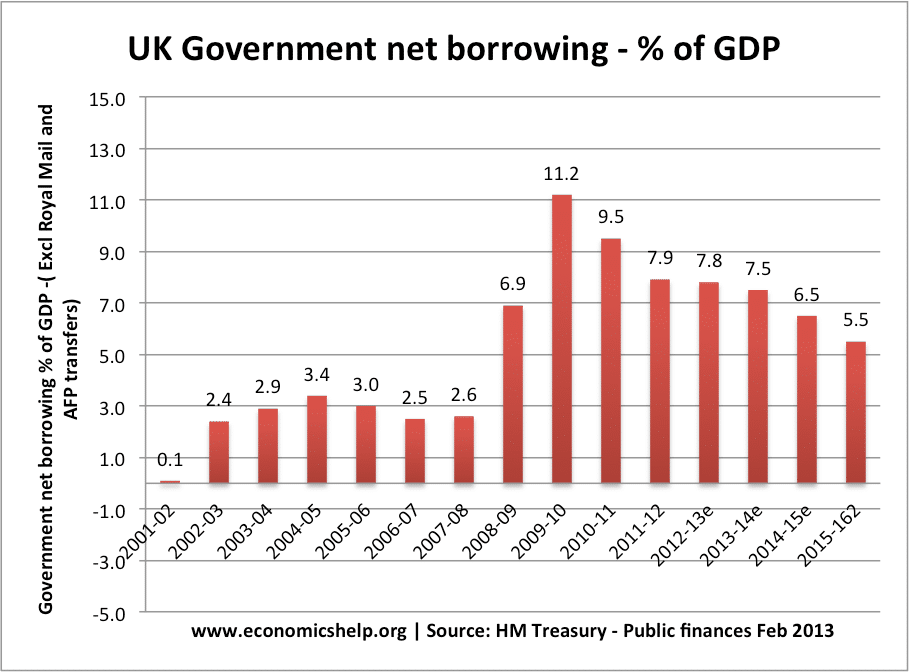
“Water, water, every where, Nor any drop to drink.”
– Samuel Taylor Coleridge – The Rime of the Ancient Mariner.
The water companies are the least loved out of the privatised utilities, and the lack of rain over the past two winters is making their job much more difficult. For many people, it is hard to understand that you can have the wettest April for years, and yet we still face the prospect of drought as serious as a country like Australia or Spain (which have much lower rainfall)
It seems crazy that a county with rainfall like the UK should still face the potential for a serious drought. Even when it doesn’t rain much in the UK, there is still more rainfall than other semi-arid countries in the Mediterranean. What is the economics of the UK water situation?
- Every day half a billion (17,395 million) litres of water goes into the UK mains water supply
- average consumption in the UK is 150 litres – one of the highest in the EU
Where Does Our Water Come From?
When we think of water supplies, we tend to think of reservoirs like Thirlmere in the Lake District. But, actually, 70% of drinking water in England comes from underground boreholes. These underground water supplies can be very deep. After recent dry winters, water is taken from up to 40 metres down. This is why the recent April showers haven’t really altered these underlying water reserves. The April rain will not have been able to seep down 40 metres yet. The current rain is good for topping up reservoirs and rivers, but to top up underground reservoirs, we need persistent rain in winter. Winter rain is not taken up by plants or evaporates, it just seeps down. That is why water companies, complain about ‘the wrong kind of rain’
Policies to Deal With Water Shortages
To deal with water shortages, there are two main approaches:
- Increasing Supply of Water
- Managing Demand
Increasing Supply of Water
1. Build More Reservoirs. Building reservoirs will increase the potential supply of water. They are easier to refill than underground boreholes. However, building more reservoirs:
- Is quite expensive. To rely on reservoirs for our water supplies will increase the cost of water.
- Typically it takes 25 years from the concept of a new reservoir to bringing it into use.
- Land availability is quite limited in the south east to build reservoirs.
- It is not always possible. In many areas of the south of England, the soil is very chalky. Reservoirs are not practical because the chalky soil is not good at holding water. Therefore, reservoirs are not an option in some parts of the country. The problem some regions face is that the only real supply of water is these underground boreholes.


